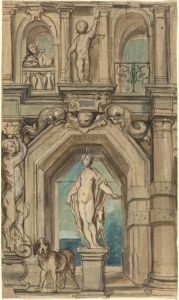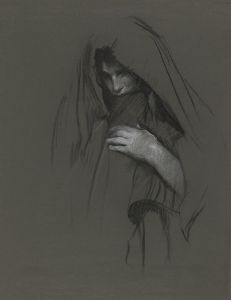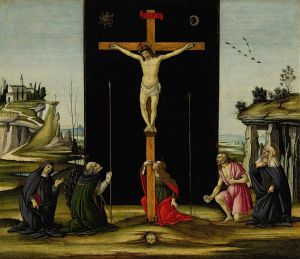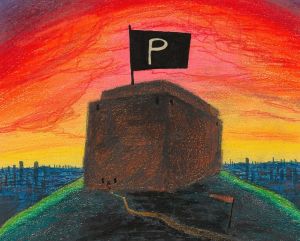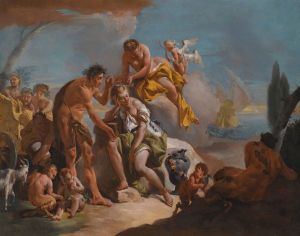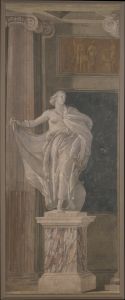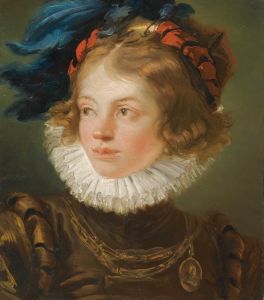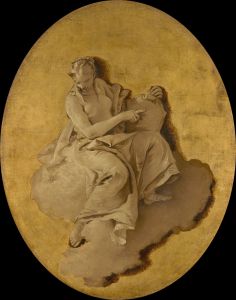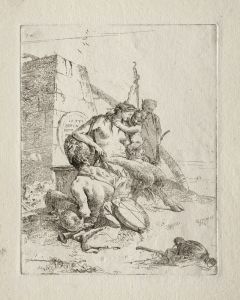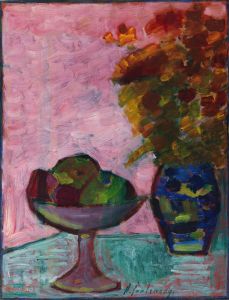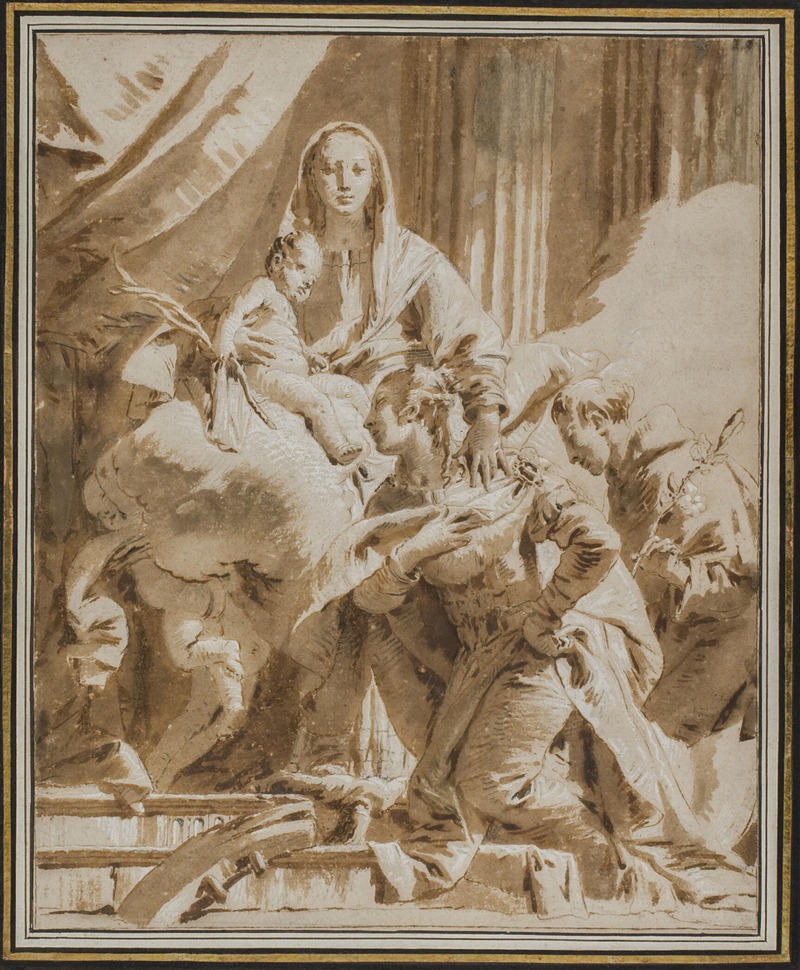
Jomfru Maria og barnet med den hellige Antonius af Padova og Katharina af Alexandria
A hand-painted replica of Giovanni Battista Tiepolo’s masterpiece Jomfru Maria og barnet med den hellige Antonius af Padova og Katharina af Alexandria, meticulously crafted by professional artists to capture the true essence of the original. Each piece is created with museum-quality canvas and rare mineral pigments, carefully painted by experienced artists with delicate brushstrokes and rich, layered colors to perfectly recreate the texture of the original artwork. Unlike machine-printed reproductions, this hand-painted version brings the painting to life, infused with the artist’s emotions and skill in every stroke. Whether for personal collection or home decoration, it instantly elevates the artistic atmosphere of any space.
Giovanni Battista Tiepolo, an eminent Italian painter of the 18th century, is renowned for his distinctive style that combines the grandeur of the Baroque with the lightness of the Rococo. One of his notable works is "Jomfru Maria og barnet med den hellige Antonius af Padova og Katharina af Alexandria" (translated as "The Virgin Mary and Child with Saint Anthony of Padua and Saint Catherine of Alexandria"). This painting exemplifies Tiepolo's mastery in religious compositions, a common theme in his oeuvre.
Tiepolo was born in Venice in 1696 and became one of the most prominent painters of his time, celebrated for his frescoes and altarpieces. His works are characterized by their vibrant color palette, dynamic compositions, and the ethereal quality of his figures. Tiepolo's ability to convey spiritual themes with a sense of drama and movement made him a sought-after artist across Europe.
"The Virgin Mary and Child with Saint Anthony of Padua and Saint Catherine of Alexandria" is a testament to Tiepolo's skill in depicting sacred subjects. The painting features the Virgin Mary holding the Christ Child, a central motif in Christian art symbolizing purity, motherhood, and divine grace. Saint Anthony of Padua, a revered Franciscan friar known for his powerful preaching and devotion to the poor, is depicted with his traditional attributes, which often include the Christ Child, a book, or a lily. Saint Catherine of Alexandria, a martyr and scholar, is typically shown with a wheel, referencing the instrument of her torture, and a sword, symbolizing her martyrdom.
Tiepolo's composition in this painting is likely to reflect his ability to create a harmonious balance between the figures, using light and color to guide the viewer's eye across the canvas. His use of chiaroscuro, the contrast between light and dark, adds depth and volume to the figures, enhancing the overall dramatic effect. The serene expressions of the figures and the gentle interaction between them convey a sense of divine tranquility and spiritual connection.
Throughout his career, Tiepolo worked on numerous commissions for churches and palaces, not only in Italy but also in Germany and Spain. His work was highly influential, and he is often regarded as one of the last great painters of the Italian Baroque tradition. Tiepolo's legacy is evident in the way he bridged the gap between the dramatic intensity of the Baroque and the lighter, more decorative elements of the Rococo.
"The Virgin Mary and Child with Saint Anthony of Padua and Saint Catherine of Alexandria" is a fine example of Tiepolo's religious paintings, showcasing his ability to blend narrative content with artistic elegance. While specific details about the commission or the current location of this particular painting might not be widely documented, Tiepolo's work continues to be celebrated for its artistic merit and its contribution to the rich tapestry of 18th-century European art.





